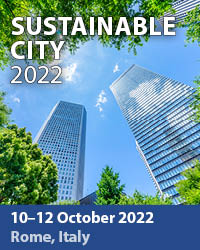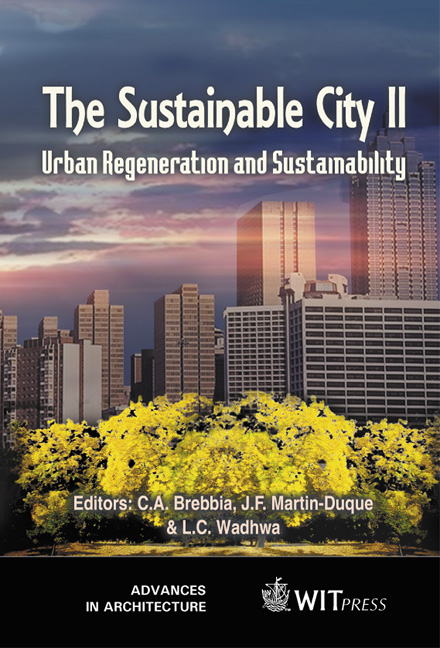Sustainable Urban Design Paradigm: Twenty Five Simple Things To Do To Make An Urban Neighborhood Sustainable
Price
Free (open access)
Transaction
Volume
54
Pages
Published
2002
Size
592 kb
Paper DOI
10.2495/URS020041
Copyright
WIT Press
Author(s)
B A Kazimee
Abstract
Sustainable design celebrates and creates the ability of communities and wider urban systems to minimize their impact on the environment, in an effort to create places that endure. Central to this paradigm is an ecological approach that take into consideration not only the nature but human element as well, locally and globally. The paper presents twenty five design strategies and explores processes that point to a rediscovery of the art and science of designing sustainable neighborhoods. It seeks to synthesize these principles into an agenda for the design of towns and cities with the intention of reversing many of the ills and destructive tendencies of past practices. These strategies serve as indicators to sustainable development; they are used to define inherent qualities, carrying capacities and required ecological footprints to illustrate the place of exemplary communities. Furthermore, they are established to allow designers to model, measure and program sustainable standards as well as monitor the regenerative process of cities. The guidelines are organized under five primary variables for achieving sustainability: human ecology, energy conservation, land and resource conservation (food and fiber,) air and water quality. These variables are presented as highly interactive cycles and are based upon the theory and principles/processes of place making, affordability and sustainability. The ecological strategies are extensions of the author's earlier collaborative work with two other colleagues; Tom Bartuska and Micheal Owen at Washington State University, which was awarded a gold medal for their
Keywords





